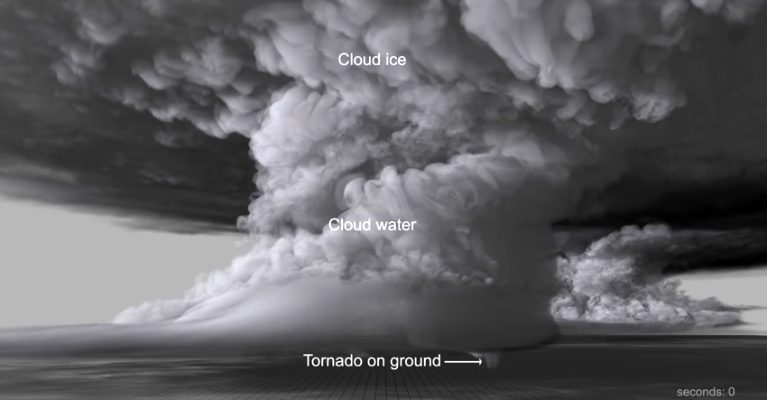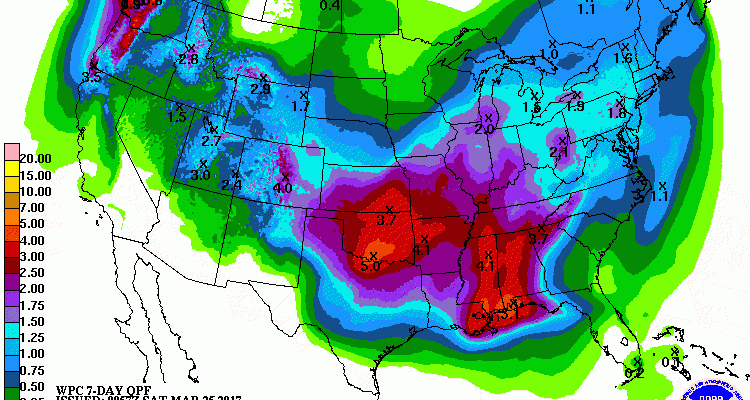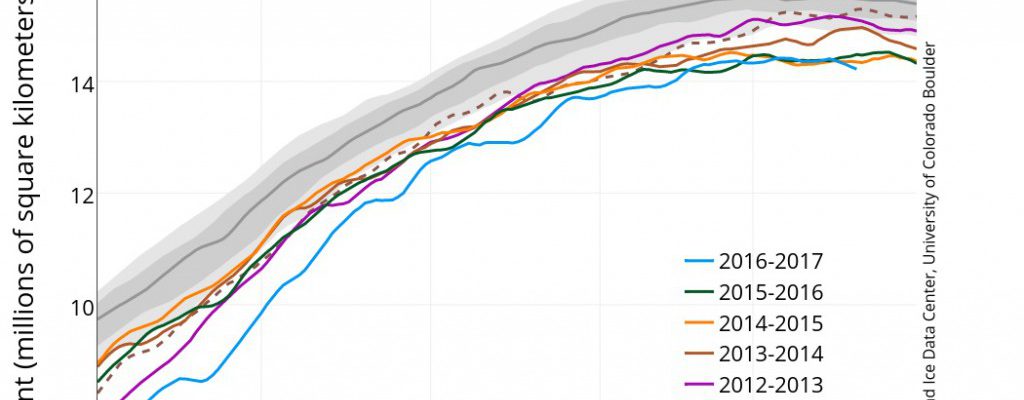-

The Washington Post had a light-hearted (I think) opinion piece this week about “phenology anxiety”, which is essentially worrying about early signs of spring and what they might mean for your garden and back yard. People with this anxiety watch carefully for signs of the arrival of spring in the timing of birds, buds and…
Posted in: Climate and Ag in the news -

Here is a link to a fantastic video of a supercell thunderstorm simulated by a supercomputer. The work was done by Dr. Leigh Orf, who was a graduate student at University of Wisconsin-Madison at the same time I was. He is now doing these super in-depth visualizations of supercells and discerning how they form and…
-

A weather pattern that will bring copious rain to the south central part of the US should extend far enough east to bring good rain amounts to most of the state of Alabama this week, particularly in the next few days. Drought conditions there are likely to improve in the next Drought Monitor map. Other…
Posted in: Climate outlooks -

Many weather forecasters never publish stories of how their forecasts verified, although many of the best ones will take the time to discuss what went wrong when the forecast seriously busted. Here NOAA provides us with a look at how their winter forecast did compared to what they predicted last year. You can read their…
-

The WunderBlog has posted a map showing the coldest temperatures each location in the United States felt this past winter, which includes December 2016 through February 2017. It’s probably important to point out that this year, the coldest temperatures actually occurred in March in some locations, when the frost last week occurred. But that’s a…
Posted in: Climate summaries -

The US Climate Resiliency Toolkit online has a good web page describing some of the steps that farmers currently use to assess their weather and climate vulnerability and how they take measures to protect against risks to their operations. It includes a five-step process to become more resilient in the face of unknown changes to…
-

In a report this week in the Washington Post, “According to the National Snow and Ice Data Center, the sheet of Arctic sea ice, which expands and contracts in an annual cycle, probably reached its maximum size this year on March 7, when it spanned 14.42 million square kilometers, or 5.57 million square miles, atop the Arctic ocean. That’s an…
Posted in: Climate and Ag in the news